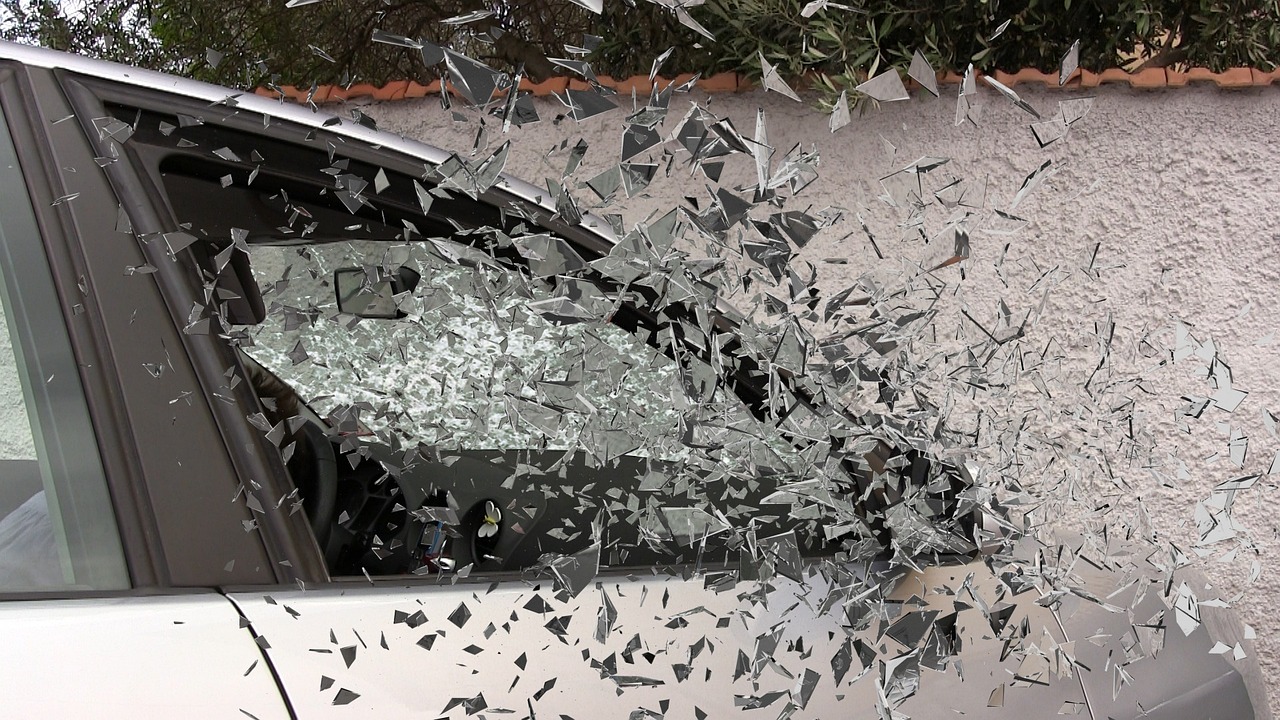Scheduled or appropriate reactive maintenance is crucial for reducing the overall costs of car ownership. By intercepting a problem before it grows significantly, one can reduce the damage done to parts of vehicle operation. If the problem is left to develop, these faults can result in larger issues, which will then require more money to sort out. Not only would it help maintain the value of resale and ensure that safety features function the right way, but regular maintenance would also help a vehicle owner avoid any costly repairs in the future.
Regular Car Maintenance
When a vehicle has gone through regular maintenance, there is a lesser likelihood that repairs will be needed. A regular check will allow the owner to detect small-scale issues before they become large, requiring a costly repair to handle. It increases the level of safety and the longevity of the vehicle by maintaining health over a period of time. It also ensures all warranties remain valid if something happens to go wrong. Initiating a preventive approach can save one money later on when unexpected repairs arise. Engine oil, gearbox fluid, and coolant all need to be checked once the mileage reaches a certain level. It depends on the vehicle, though; some require changing after 3,000, 5,000, or 10,000 miles.
Inspections and Checks
Car ownership inspections are done by the users, dealers, or government agencies to ensure the vehicle is safe to operate on public roads. Not only do inspections extend the life of the vehicle, they also keep the insurance costs low. Driving a faulty car can lead to injury or even fatalities if it is involved in a collision.
Tire Inspections
Tires are the only thing holding the vehicle to the road, and it may be the size of a hand. So, the vehicle relies on them for acceleration, braking, handling, comfort, and steering. With this in mind, they must be maintained appropriately by performing tire repair, balancing, alignment, and tread depth. Regularly monitoring your tire’s conditions will prevent you from experiencing inconveniences at best and fatal accidents at worst.
Brake and Suspension Checks
Brake and suspension components are essential to the vehicle’s safety systems. Brakes are responsible for stopping and controlling a car, so they prevent accidents. If they do not work well, a vehicle can be unsafe to operate at any speed. If a driver cannot stop their vehicle moving at 10 miles an hour on local roads, it can still cause damage or injury to people and their property. Likewise, suspension systems maintain the comfort and overall control of the vehicle. If the suspension has a fault, it can cause an uncomfortable ride and inconsistent handling, which may lead to accidents.
Electrical System and Battery Checks
Unfortunately, even wiring systems and electrical components wear out following continued vehicle operations. If the battery or alternator on a vehicle is dead, it will be hard to start the car. Regular part maintenance and electrical repair service, including a check on the terminals and voltage, will illustrate that the battery has enough power to start. Similarly, routine inspection of the alternator to ensure it is clean and free of debris should increase its lifespan.
Barring loose connections, if the vehicle has starting problems, faint headlights, or electrical warning lights, it may be time to change the battery or alternator. If you cannot start the vehicle due to a bad battery, then mobile car battery replacements can help you quickly get a new battery and be back on the road in no time.
DIY Car Maintenance Tips
Preventive maintenance can be done at home without special tools or skills. These can save the owner the costs of taking their car to the shop. Similarly, when the maintenance is done regularly, these practices may extend the vehicle’s life. These include checking and changing the engine oil, cleaning battery terminals, changing air filters, and replacing wiper blades. One may also check their coolant levels or the spark plugs if they are accessible in the engine bay. None of these require technical mastery to perform and would not cost anything other than the replacement parts. Tasks that are complicated or dangerous, if done the wrong way, may cause more issues. In these cases, they should be handled by a repair shop.
Emergency Preparedness
Car ownership should come with a basic emergency kit to use in distress. These tools would assist the passengers medically or safely through dangerous situations, depending on the nature of the emergency. At some point, one may find themselves in an emergency when driving their vehicle. It could be a tire burst or a dead car battery, causing the car to stall. During these situations, the driver should have an emergency kit to work as a quick fix or as a placeholder before assistance arrives. These include jumper cables, a first aid kit, a flashlight, extra batteries, duct tape, baby wipes, a tarp, drinking water, multipurpose tools, road flares, and a seat belt cutter.
Always Keep Up with Preventative Maintenance for a Safer Vehicle
Preventive car maintenance is essential for safety and regular vehicle operations. A primary benefit of scheduled maintenance is cost reduction. Fixing an issue when it is small prevents larger problems from forming later on, and that comes at a higher expense. This is true of tire inspections, brake and suspension maintenance, or electric system checks. It is also possible to do some of the maintenance checks at home. Doing this will save time and money, which would be spent at the garage.









